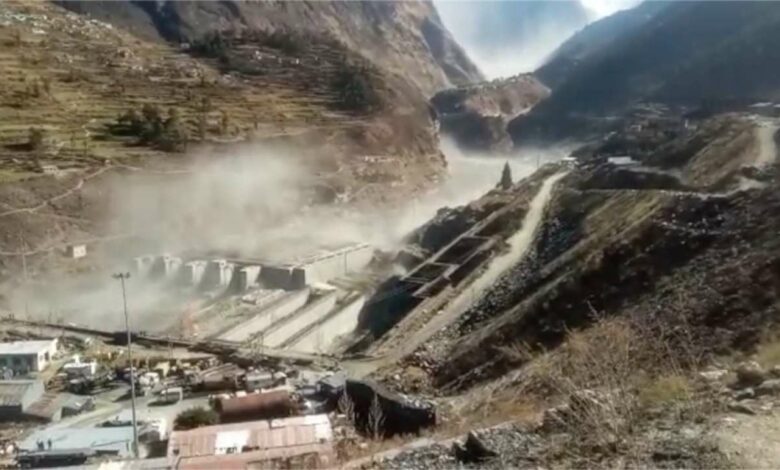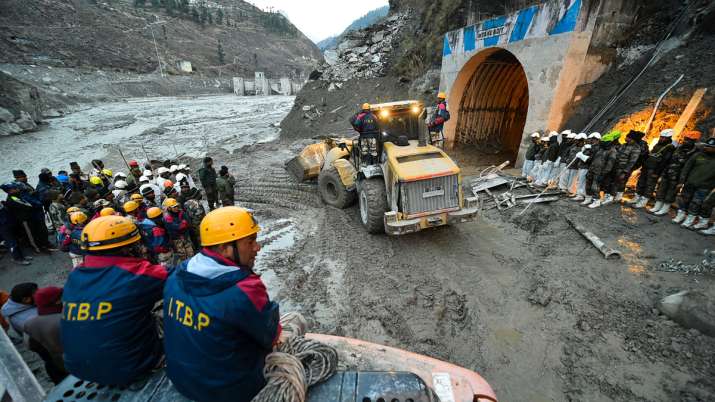This Can Be The Reason of Glacier Burst in Uttarakhand Chamoli

This Can Be The Reason of Glacier Burst in Uttarakhand Chamoli
The minimum temperature recorded in the country in January was the warmest for the month in 62 years, the India Meteorological Department (IMD) said on Monday.
South India was particularly warm. The month was the warmest in 121 years, with 22.33 degrees Celsius in south India, followed by 22.14 degrees Celsius in 1919 and 21.93 degrees Celsius in 2020 as the second and third warmest months.
Central India was the warmest (14.82 degrees Celsius) in the last 38 years after 1982 (14.92 degrees Celsius), while 1958 with 15.06 degrees Celsius was the warmest in the 1901-2021 period.
However, the maximum temperatures in January were below normal, the IMD said.
An analysis for 1901-2021 shows that the all-India average minimum temperature in January 2021 was 14.78 degrees Celsius. The January of 1958 recorded a similar monthly minimum temperature.
The January of 1919 recorded 15 degrees Celsius and it remains the warmest January so far.
“So January 2021 has also become the warmest in 62 years after 1958,” the IMD said.
The spatial temperature pattern over India shows that the average monthly maximum temperatures in January 2021 were below normal by two to four degrees Celsius across the Indo-Gangetic plain.
Pockets over south Punjab and north Haryana, Bihar recorded temperatures three-four notches below normal, while it was above normal over the eastern parts of central India and the northeastern states.
The monthly average minimum temperatures were below normal by one or two notches only over a smaller area of the country covering Saurashtra and Kutch, Kashmir and parts of west Rajasthan, while it was warmer over most parts of India, the IMD said.




